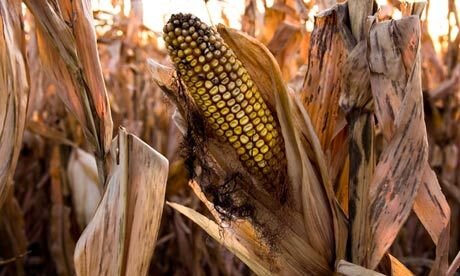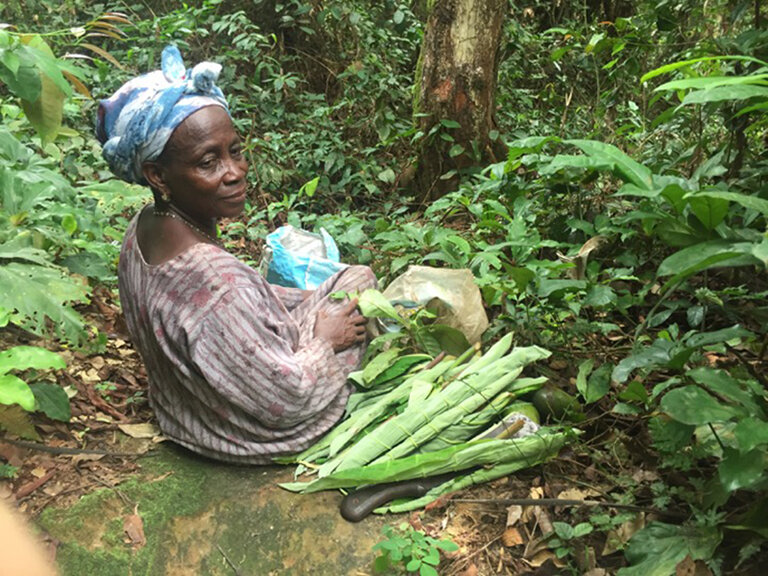ESG investing
ESG investing stands for Environmental Social Governance investing and is also commonly referred to as impact or socially responsible investing. According to Forbes “investing via an ESG fund is an easy way to gain exposure to a number of businesses with ethical practices”. Companies are analyzed based on three main parameters which, as you may be able to guess, are: Environmental, Social, and Governance metrics. Environmental parameters take into account how companies are combating and preparing for climate change through business practices. Environmental efforts could look like emissions reductions, participation in the circular economy, or regeneration and restoration of nature and sustainability practices. The social aspect explores how companies are integrating diversity, equity, and inclusion efforts into the organization on all levels. Finally, governance refers to fair and transparent promotion and hiring decisions and accounting practices. Ways that social and governance could manifest is through ethical supply chain practice, human rights compliance, diverse staff and leaders, and accessibility.
According to Bloomberg Intelligence, ESG assets surpassed $30 trillion in 2022 and are projected to surpass $40 trillion by 2035 making up over 25% of projected assets under management. As ESG’s market share grows, prospective investors need to understand what ESG investments entail.
The quandary of ESG investing
From a bird’s eye perspective, ESG looks ideal because it is a way of growing capital through investment while also not having to sacrifice your moral values in the process. However, one main issue with ESG investing is that there are not universal guidelines as to how a company can be considered compliant with ESG standards. Instead, indexes, NGOs, consulting forms, and even government groups have individual ways of determining the standards for an ESG investment. This in turn causes rating systems to have “incompatible structures” which can disincentivize companies from working to improve practices because it may not have a significant impact on their ratings across the board. The main divergences are the difference in ranking of relative importance of attributes, the difference in measuring indicators of an attribute, and what attributes are considered when determining a ranking. The difference in how indicators were measured created the largest divergence between rating systems. This is problematic because a measurement should be an objective way of understanding a company’s commitment to ESG initiatives.
In order to combat this, the International Sustainability Standards Board, led by the European Union, has produced standardized recommendations to increase the rigor of ESG obligations. After review, these standards went into effect for annual reporting on January 1, 2024. This is an indicator that despite the current divergence of ranking systems, hopefully in the future ESG rankings and measurements will become more standardized and allow for greater trust in ESG compliant portfolios and companies.
Profitability
Beyond the rating system and impacts, the bottom line for investing will always be profitability. So, the question for prospective investors is: Is ESG investing worth it? In an aggregate study of over 1,000 papers analyzing the relationship between ESG and financial performance, researchers found 57% of corporate studies on climate change documented a positive correlation between ESG and financial performance, 29% found a neutral impact, 9% mixed, and 6% negative. Researchers concluded that sustainability practices are correlated with corporate financial performance because of improved risk management, increased innovation, downside protection in the event of a crisis, and enhancing potential growth over the long-term.
Due to politicization of the climate crisis, ESG investing has acquired a fair few opponents that see impact investing as a money sink. In reality, ESG investing can provide the opportunity for investors to experience more long-term returns. Companies that integrate ESG principles into their organization have revenues 19% higher than those who do not and experience a 5.79% increase in stock price impact. Additionally, in a study conducted by Bloomberg Intelligence stated that 85% of investors found ESG led to better returns and resilient profiles, consistent with the conclusion of the previous study discussed.
Investing wisely
For ethical investing, it’s important to use an index that is thorough with their assessment of potential ESG investments. When looking at different ranking systems, it’s essential to look for ones that utilize both positive and negative screening methods meaning they ensure that the company does not partake in ethically and environmentally destructive behavior and that the company has a net positive impact on the world.
World GDP is forecasted to decrease by 18% by 2050 if no climate mitigating measures are taken. With this in mind, even if ESG regulations are not uniform across the board, I believe investing in ESG compliant companies rather than non-compliant companies is wise due to their profitability, positive impact on the world, and resilience.
Article by Ava Albracht. Ava is passionate about sustainable development, fashion, traveling, and media.








